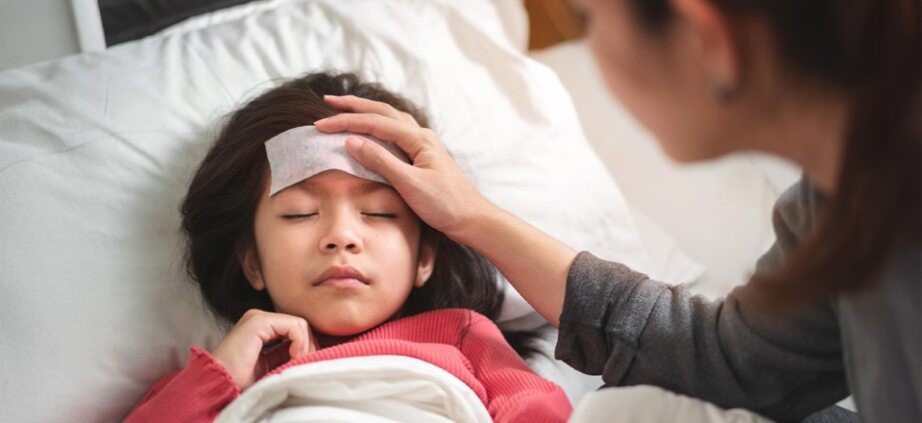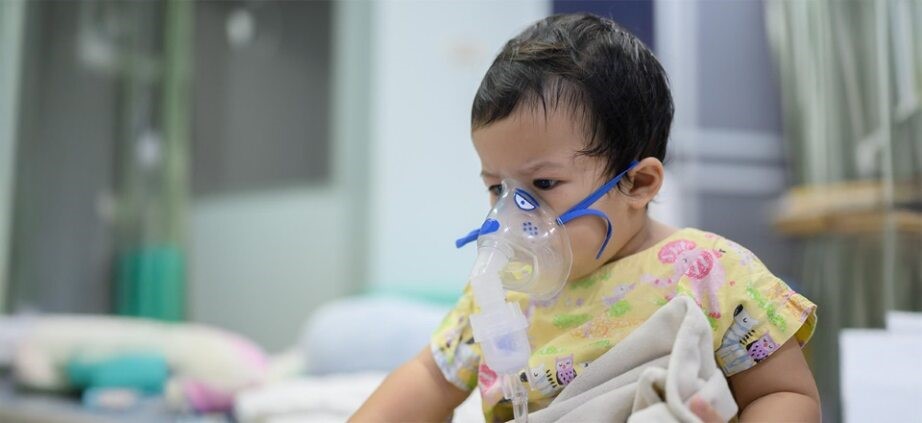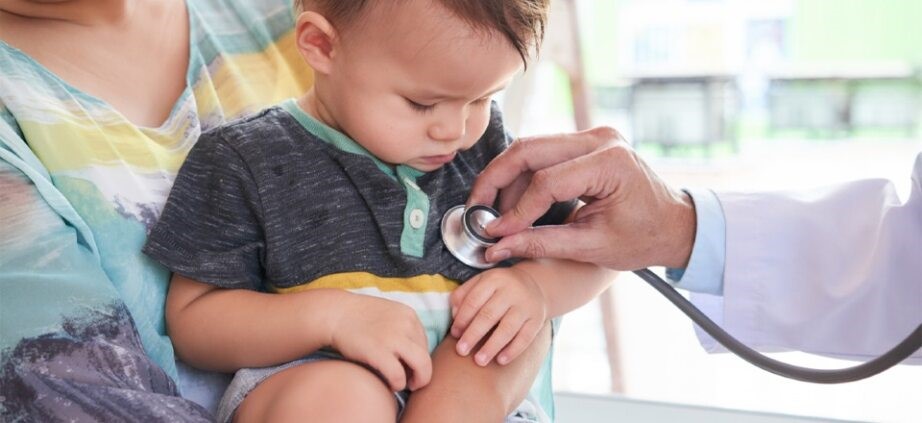Categories
Infectious diseases in young children
Nov 23, 2022
You would have taught your child to wash his/her hands and have stayed up-to-date with the necessary vaccination. Still, whenever your child goes outside, there is a risk of getting exposed. Even if you do everything necessary, germs will still be persistent, particularly for children. You should consider getting advice from the best pediatrician in Vijayawada on how to minimize the risk of your child getting infected.
A lot of the germs do not harm, and some are even helpful in breaking down vitamins and protecting the body from a bacteria or fungi infection. Other germs, however, can cause your child to fall sick. There are different forms of infectious diseases. They can have various symptoms, including cough, fever, and painful urination. These infections can be chronic or short-term and can affect any body part.
How can your child get infected?
Your child may get an infectious disease through:
Direct contact with an individual who is sick
Coming in touch with objects that have been touched by a sick person
Getting bit by an animal or an insect
Contaminated water, food, soil, or plants
Types of infectious disease
The 4 main types of infectious diseases include:
Bacterial infections such as urinary tract infection or strep throat. These infections are caused by single-cell germs that rapidly multiply.
Viral infections such as the common cold or AIDS/HIV. These come from tiny organisms invading cells and multiplying, destroying, damaging, or changing cells, thus causing sickness
Fungal infections like athlete's feet. These originate from plant-like organisms like mushrooms, mildew, yeast, or mold.
Parasitic infections like malaria. These infections are caused by a parasite, which is a plant or a living creature that lives on or inside other living organisms to survive.
Common infectious conditions in children
Any person may develop an infection at any age. A children's hospital in Vijayawada, however, specializes in the treatment of young children. Since the immune system of young children isn't completely developed, they are more likely to get infected. Some of the most common conditions that are treated in Vijayawada include:
1. Congenital infections: Congenital infections are the ones that are passed on to the unborn fetus during pregnancy or to a newborn infant at the time of delivery. A mother can pass an infection even if she doesn't show any symptom or feel sick.
Congenital cytomegalovirus (CMV) is a very common congenital infection. It is a virus that affects almost one-third of young children in Vijayawada. Typically, CMV doesn't have any symptoms and is harmless. Around one in five babies with congenital CMV experience symptoms like:
Low birth weight
Jaundice
Large liver or spleen
Seizures
Rash at birth
Swollen retina
The small size of the head
A child who has symptomatic congenital CMV may have issues with body movement or neurological conditions throughout life.
2. Unusual, recurrent, or frequent infections: There is usually no cause of worry if your child falls sick 1-2 times a year. However, if your child is getting infected repeatedly, it could be an indication of allergies, or that the immune system of your child has weakened, or he or she has been exposed highly to germs. You should look out for indications of recurrent infections, like:
Need of over 4 antibiotics course in a year
After the age of 4, having ear infections more than 4 times in a year
Getting affected by pneumonia more than once
Common infections turning into something severe.
Respiratory tract infection is the most common kind of recurrent infection. If your child gets infected more than 6 times in a year, it is considered to be a recurrent infection. Common symptoms are cough, runny nose, sore throat, and fever. Your child may get an infection that is uncommon in children. If your child has an unusual infection, you would want to see the best pediatrician in Vijayawada.
3. Infections in children with a weakened immune system: When a child has a disease like HIV/AIDs or cancer, they may have to undergo treatment that ends up weakening their immune system. This increases the risk of getting infected. In that case, you should try to help your child keep their immune system as healthy as possible so infectious diseases can be avoided. Some common things to do include:
Washing hands frequently, particularly before eating
Avoiding touching feces of animals
Avoiding drinking or eating unwashed vegetables and fruits, raw cheese and milk, undercooked egg, unpasteurized fruit juice, raw seed sprouts.
Drinking safe water, which means avoiding untreated water like that from a lake or a river, and avoiding tap water
Receiving all the necessary vaccinations.
4. Kawasaki Disease: When a child is infected by this disease, the walls of their medium-sized arteries end up swelling throughout the body. This affects the skin, lymph nodes, and mucous membranes inside the nose, throat, and mouth. It is still unknown what exactly causes Kawasaki disease, but it is believed to be a combination of environmental factors, genetics, and exposure to bacteria and viruses. The symptoms of the disease include:
Swollen lymph nodes
Rash in the genital area or around the middle region of the body
Swollen tongue and cracked lips
Swollen and red soles and palms
Peeling skin
Redness in the eyes
High fever
5. Prolonged fever: It refers to fevers in which the body temperature rises to more than 101°F and it lasts for several weeks with no known cause. You should take such fever seriously as it could indicate chronic infection or other medical conditions like cancer or tissue disease. Consult with your child's physician if they show the following symptoms:
Fevers lasting for more than 24-48 hours
Rapid breathing or heartbeat
Shortness of breath
Body temperature lower than 95°F or more than 104°F
Indication of changes with mental functional like confusion
Stiff neck
Headache
Small spots on the skin
You should look for such symptoms if your child has just traveled to an area where they could have been infected, or if they had treatments or have taken drugs that suppress the immune system.
You should look for such symptoms if your child has just traveled to an area where they could have been infected, or if they had treatments or have taken drugs that suppress the immune system.











